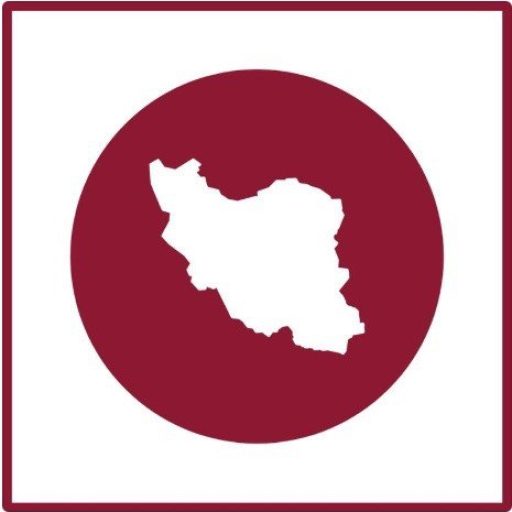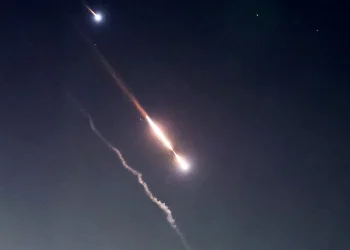As Iran and the United States prepare for a second round of talks in Rome, top Iranian officials and the head of the International Atomic Energy Agency (IAEA) today stressed the importance of cooperation and adherence to technical frameworks, while acknowledging the challenges ahead.
The meetings in Tehran aimed to smooth relations between Iran and the nuclear watchdog and potentially facilitate broader diplomatic efforts.
IAEA Director General Rafael Grossi concluded his visit on Thursday, April 17th, after meetings with Mohammad Eslami, head of the Atomic Energy Organization of Iran (AEOI), and Foreign Minister Abbas Araghchi. The visit comes after a first round of Iran-US discussions in Muscat, Oman, which both sides reportedly viewed positively, raising hopes for de-escalation.
Speaking to reporters alongside Eslami on Thursday, Grossi described their talks as “excellent” and mentioned “very deep and sincere” discussions with Araghchi the previous day. He highlighted the IAEA’s potential role in the ongoing diplomacy: “We discussed how the Agency can support the ongoing talks between Iran and the United States,” Grossi said. “We know this is not a simple process, and certainly there are people who do not want these negotiations to succeed. But we must strive for peace.”
Grossi emphasized the need for credible verification for any potential agreement. “Any agreement reached in the technological field will be sensitive,” he stated. “It must be credible. And for it to be credible, it must be accompanied by IAEA verification. It is important that we listen to Iran and see what Iran’s expectations are, and also play a role in the evolution of the negotiations.” He added, “I am also in contact with the American negotiator to see how the Agency can be a bridge between Iran and the United States and help achieve a positive outcome.”
Acknowledging the critical juncture, Grossi expressed cautious optimism but noted time constraints. “It is possible, and I see this horizon, that the negotiations will end with a positive result… However, time is limited,” he said, adding he is in constant contact with the US side to facilitate an agreement. “The Agency’s goal is to help… When this agreement is reached, we will reach a point where concerns will disappear.”
On Iran’s side, AEOI chief Eslami reiterated Tehran’s expectations for the IAEA. “Our consistent expectation has been and remains that the IAEA maintains its impartiality, its reports are professional and technical, and avoids using phrases that can be misused by ill-wishers of Iran and destructive media currents,” Eslami stated, adding he and Grossi shared this view.
Eslami confirmed that the March 2023 Joint Statement between Iran and the IAEA remains the basis for addressing outstanding issues. He noted “satisfactory progress” since then and stressed that the achievements stemming from the statement should not be downplayed. “A common will was formed in this meeting to pursue the remaining issues within the framework of the statement,” he announced, adding that his deputy and Grossi’s deputy would meet again soon in Tehran for follow-up discussions.
Foreign Minister Araghchi, after meeting Grossi on Wednesday, also highlighted the agency’s potential role. In a post on X (formerly Twitter), Araghchi called the discussion “useful” and stated, “In the coming months, the Agency can play a crucial role in peaceful settlement of the Iranian nuclear file.” He warned, “As variety of spoilers are gathered to derail current negotiations, we need a Director General of Peace,” expressing a “predisposition to trust Grossi in mission to keep the Agency away from politics and politicization, and to retain focus on its technical mandate.”
Grossi echoed the importance of cooperation in his own post after meeting Araghchi, stating, “Cooperation with @IAEAorg is indispensable to provide credible assurances about the peaceful nature of Iran’s nuclear programme at a time when diplomacy is urgently needed.”
Despite the positive tone surrounding cooperation between Tehran and the IAEA, and the constructive assessment of the Muscat talks, potential obstacles remain for the upcoming Rome meeting. Contrasting public stances by US officials regarding acceptable levels or the future scope of Iran’s uranium enrichment program, if reiterated firmly at the negotiating table, could complicate the delicate diplomatic process aimed at reducing tensions. The emphasis on technical, verifiable steps highlighted during Grossi’s visit may prove crucial in navigating these complex political sensitivities.






